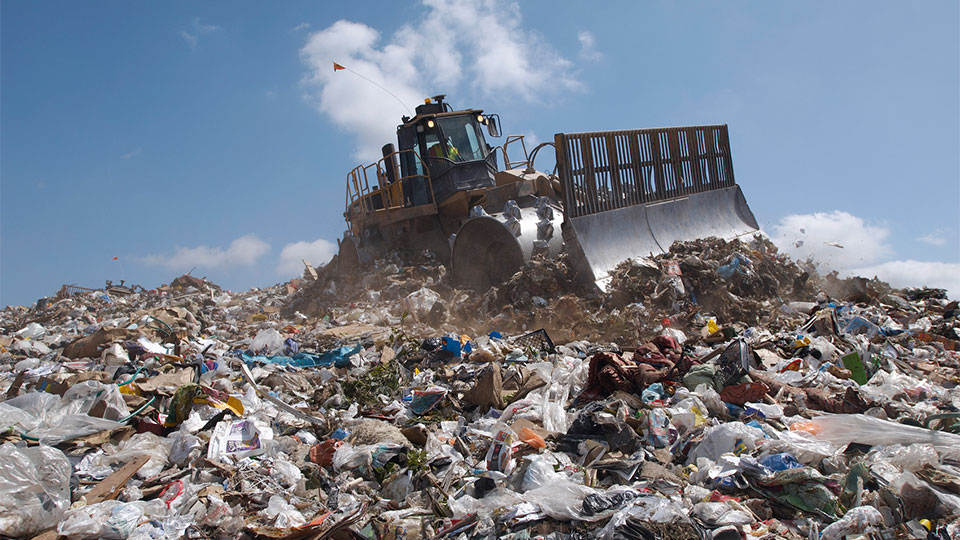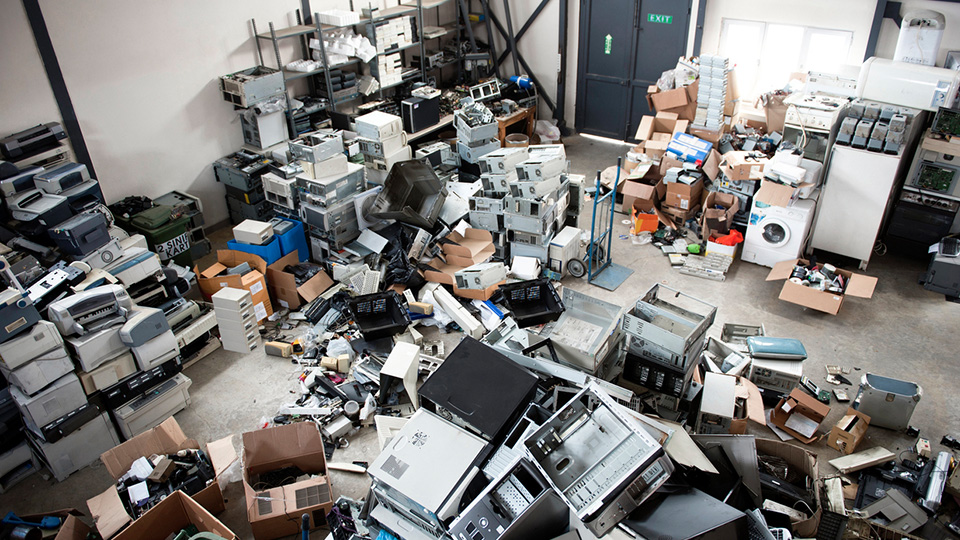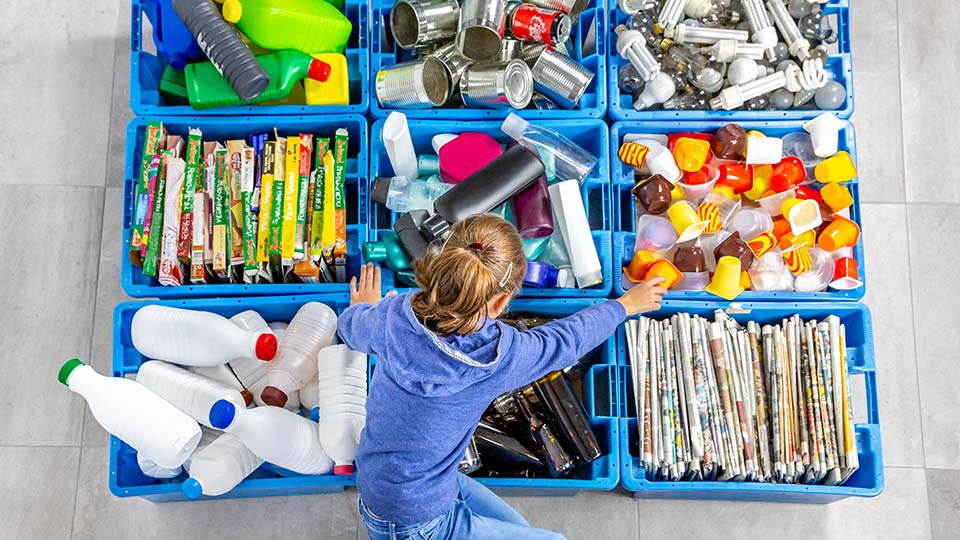Ecocycle (Ecobatt) have entered into an MOU with Cobalt Blue. The MOU will evaluate the feasibility of treating black mass from battery recycling within Australia.
Cobalt Blue Holdings Limited is an ASX-listed company founded in 2016. Its mission is to provide solutions for energy storage and a focus on mine to battery strategies. Their prime business currently is the Broken Hill Cobalt Project. Indeed, it aims to become the world’s premier producer of ethical cobalt.
Cobalt Blue has s…






























